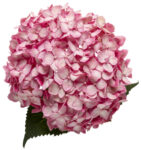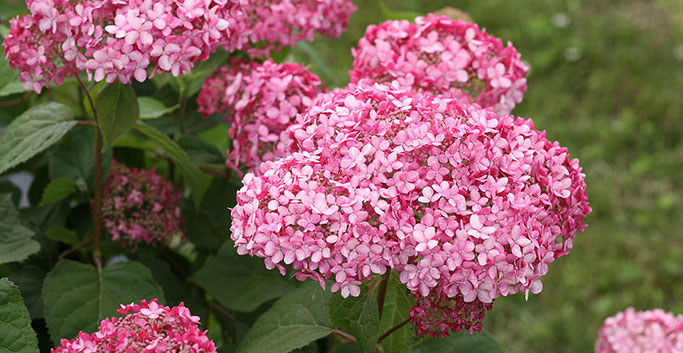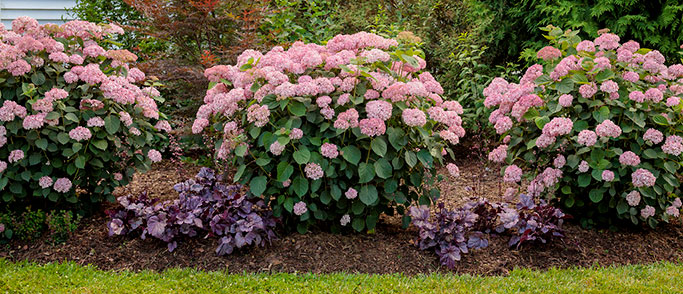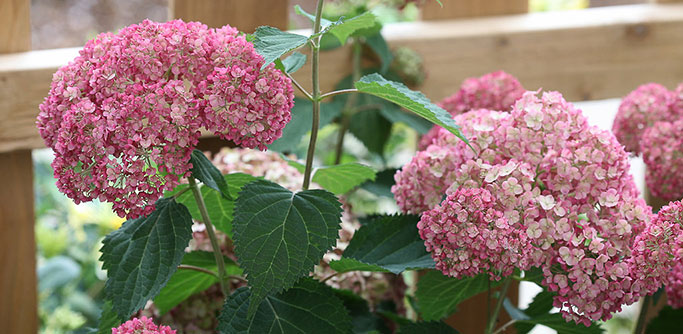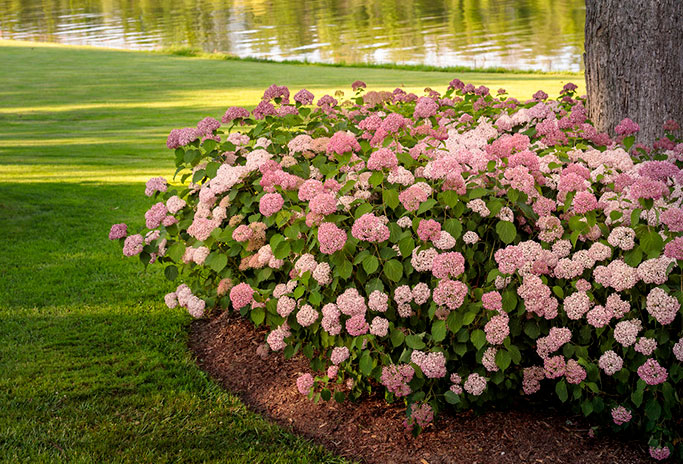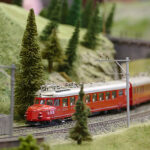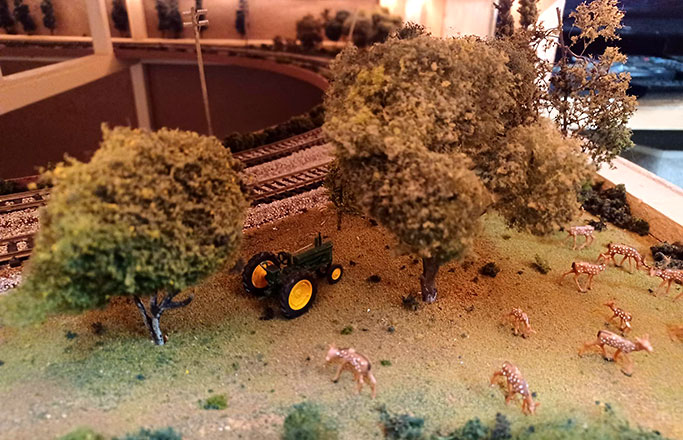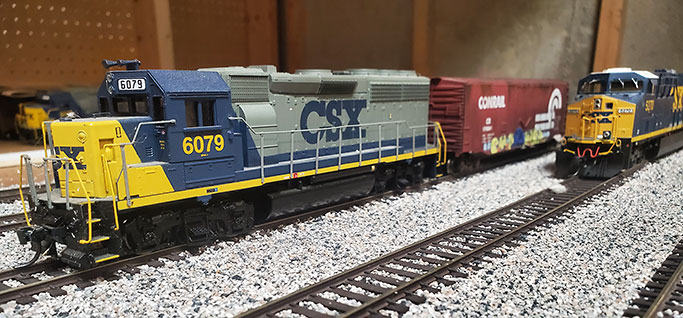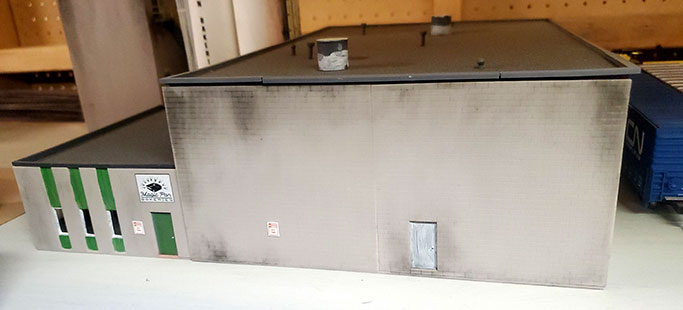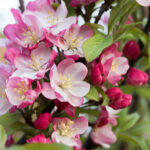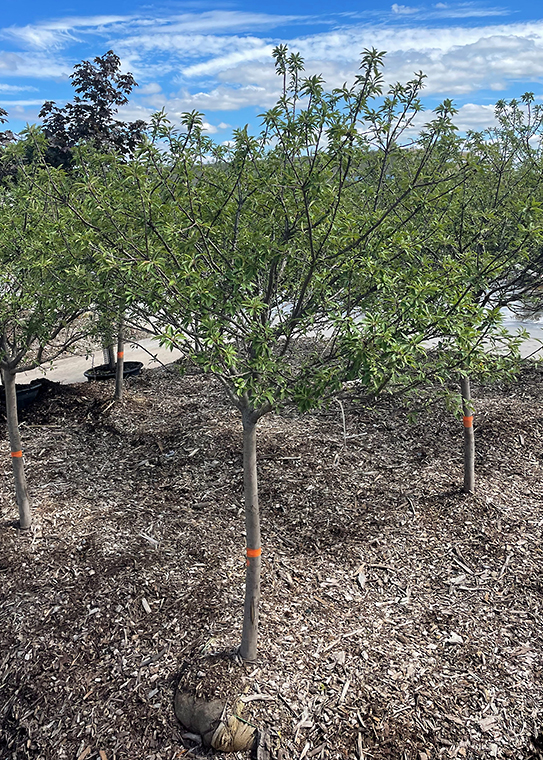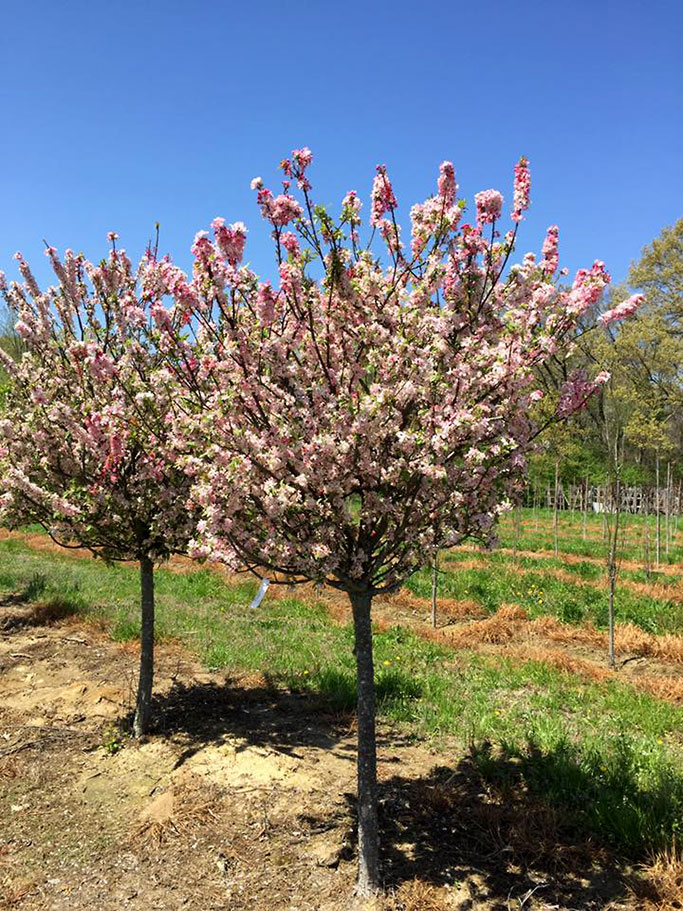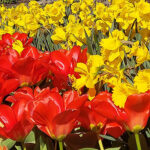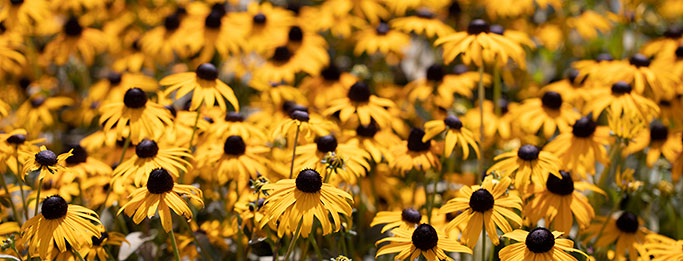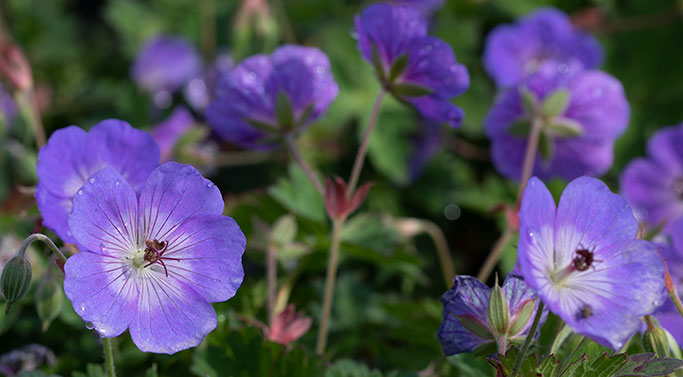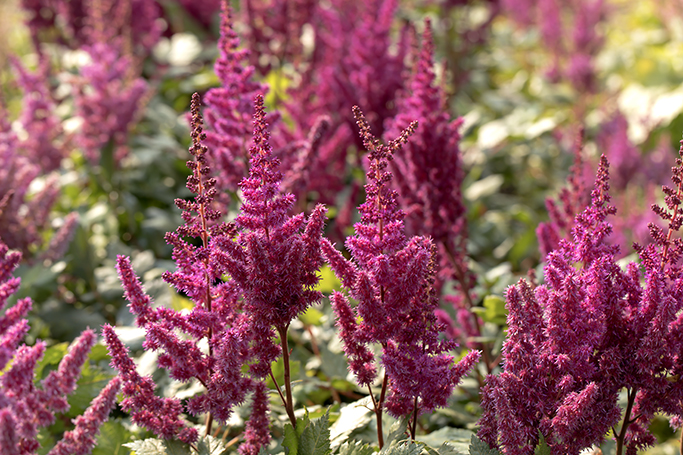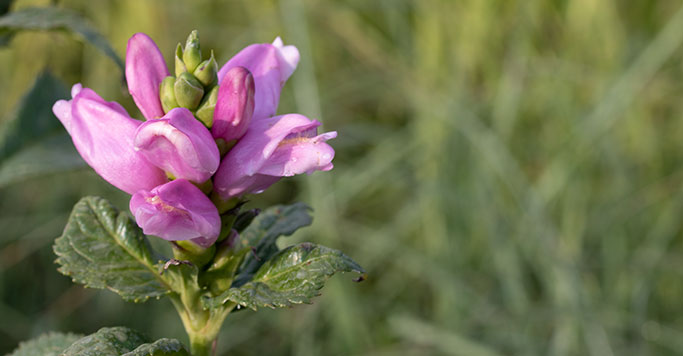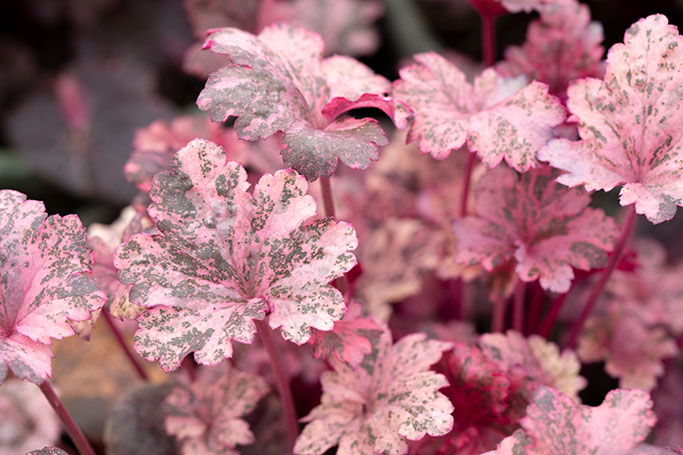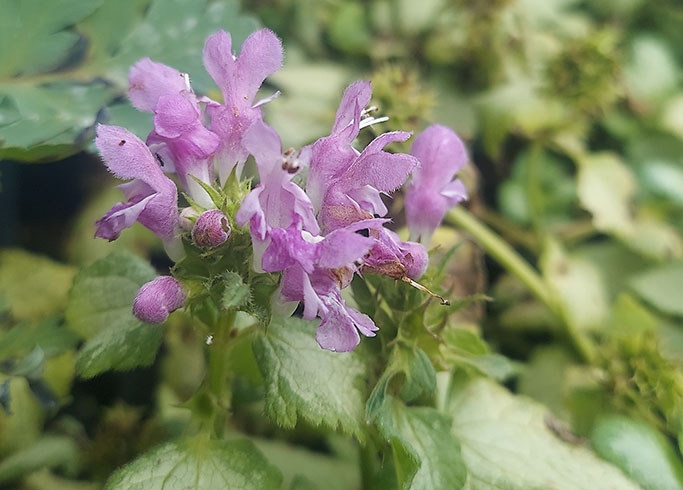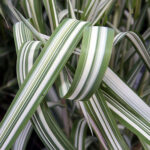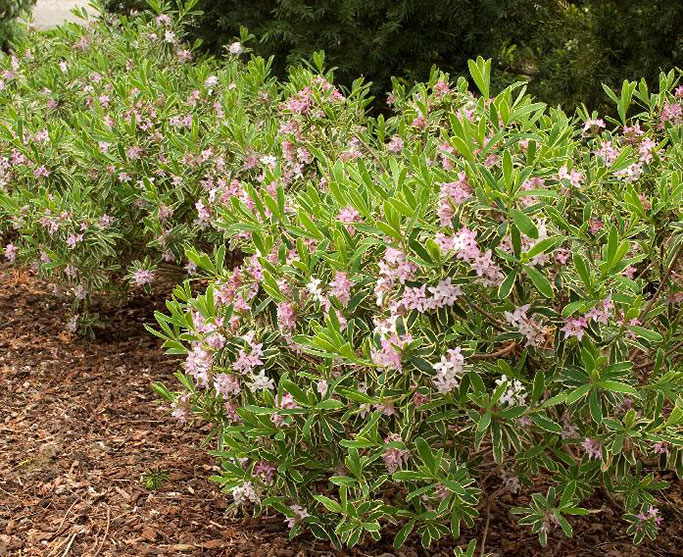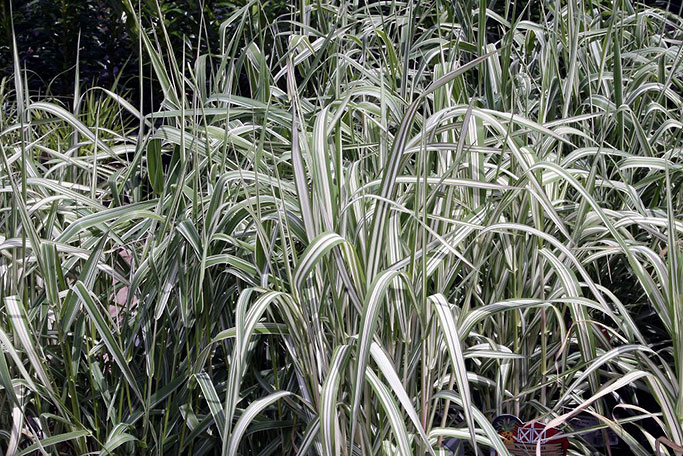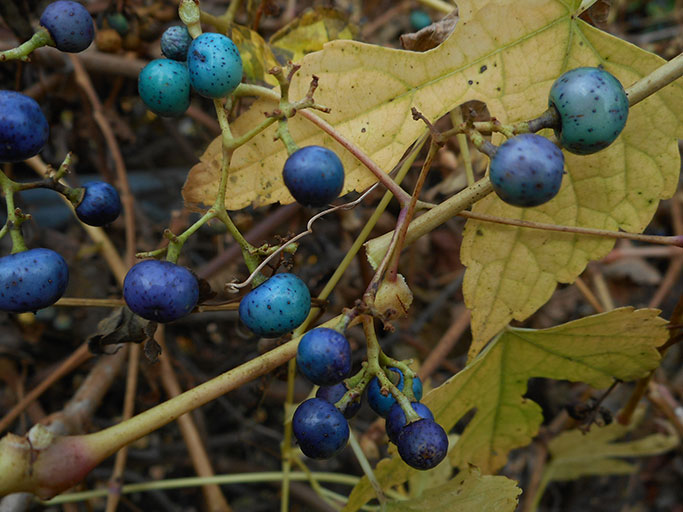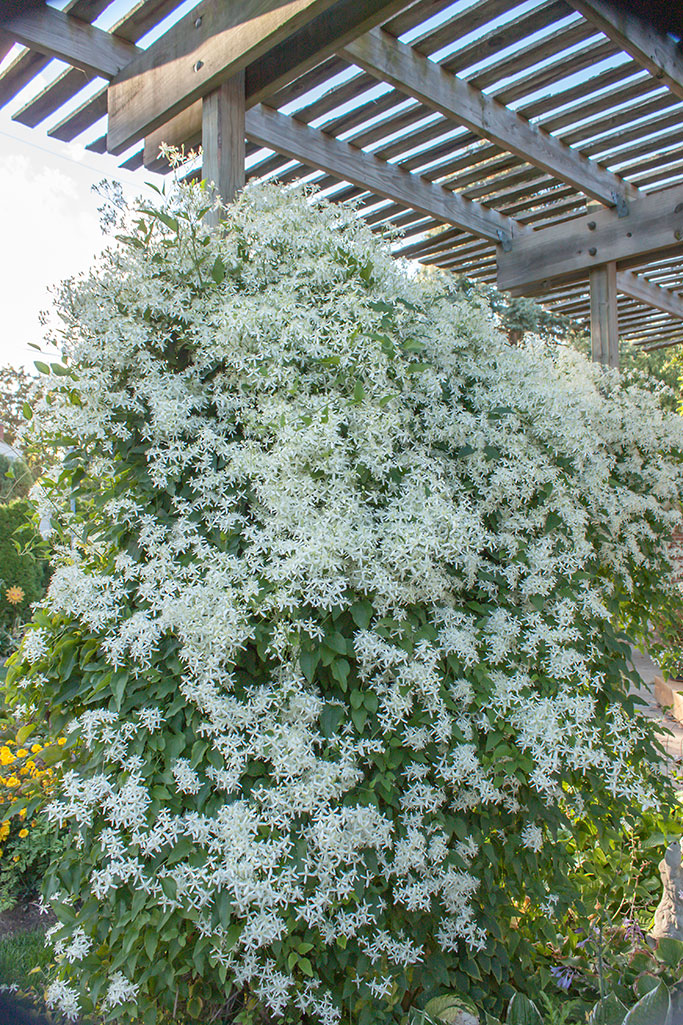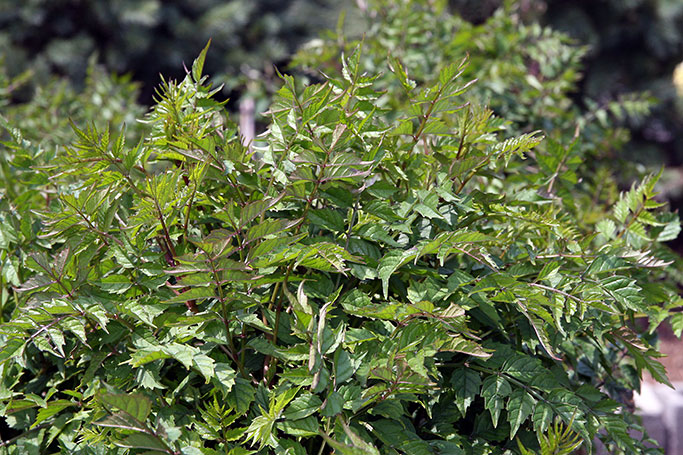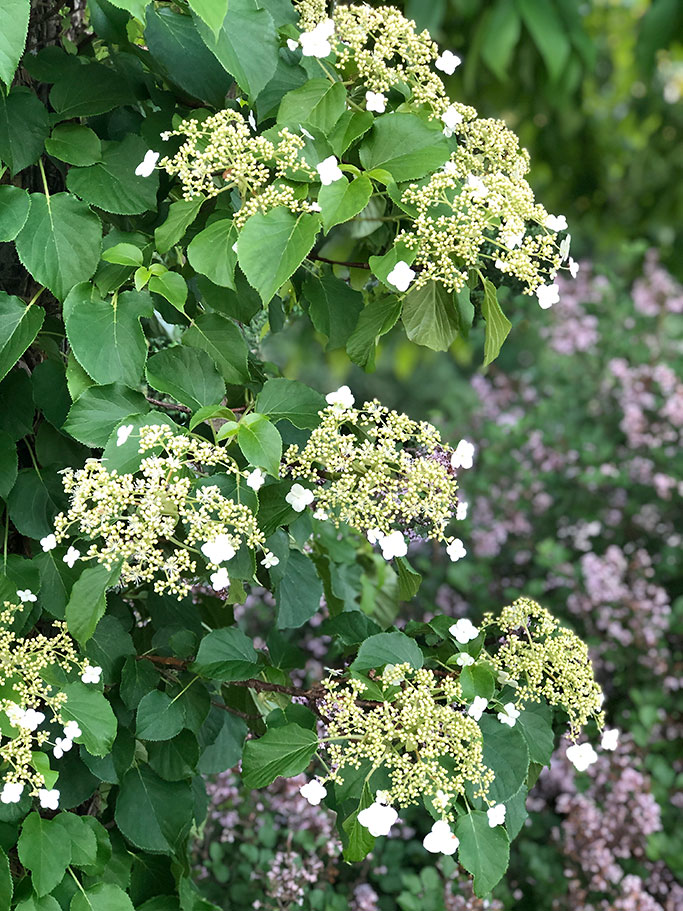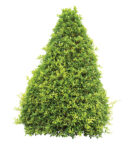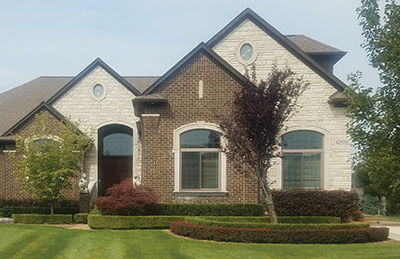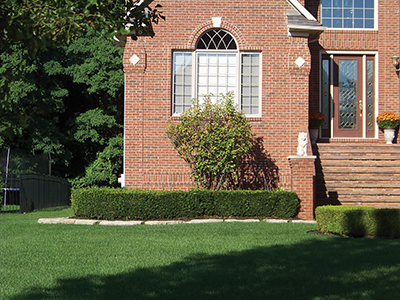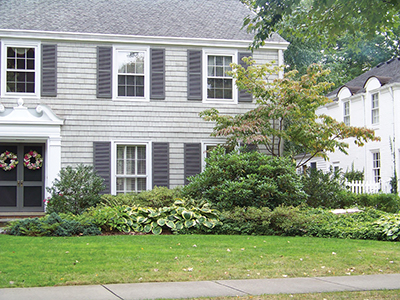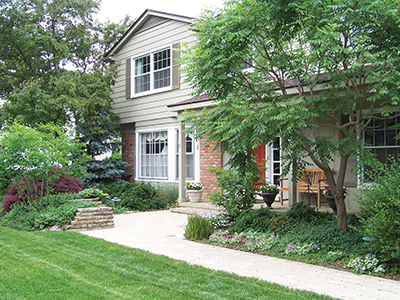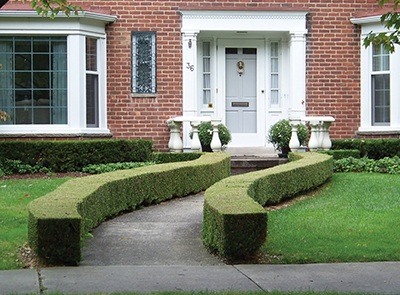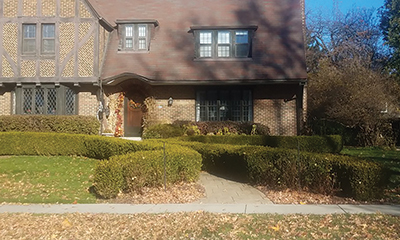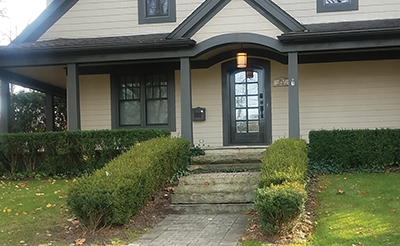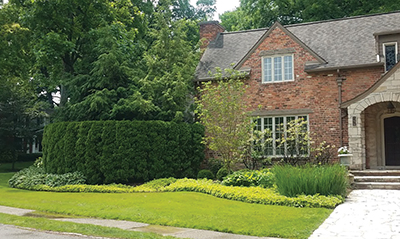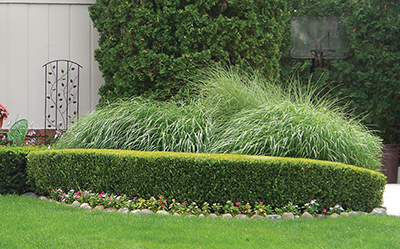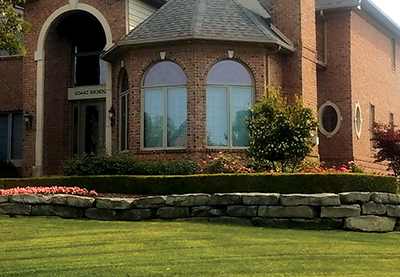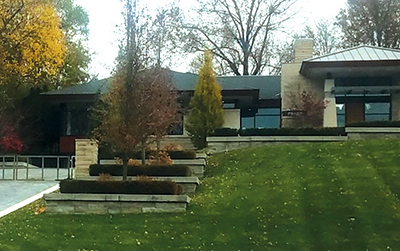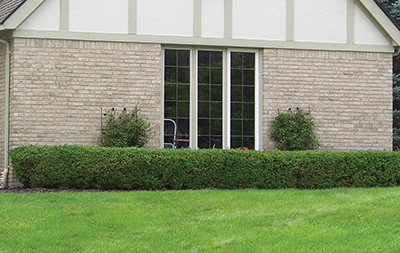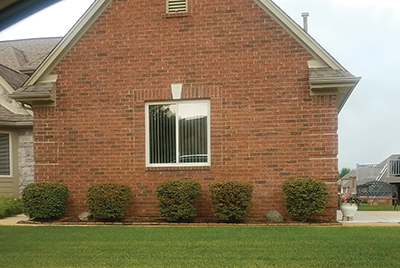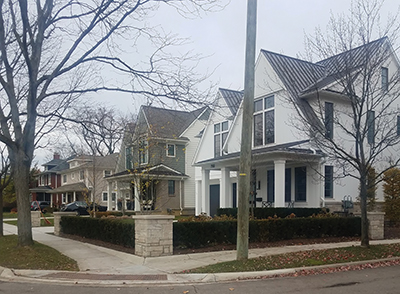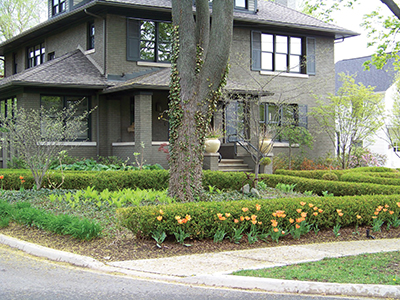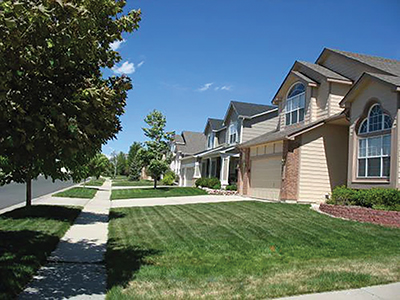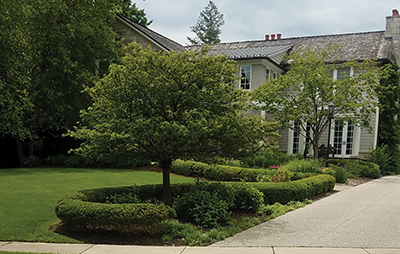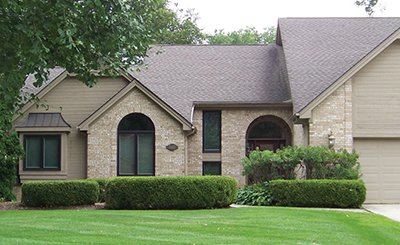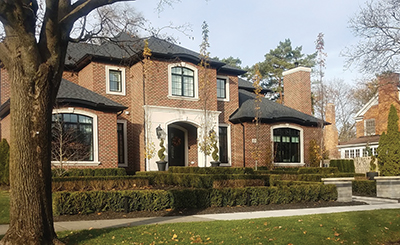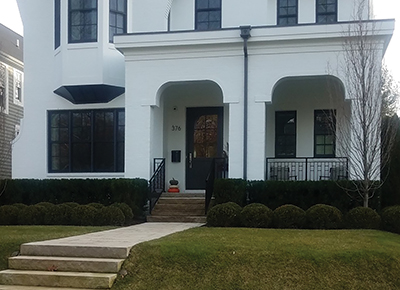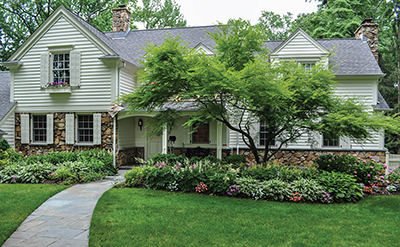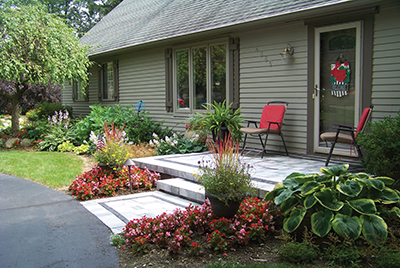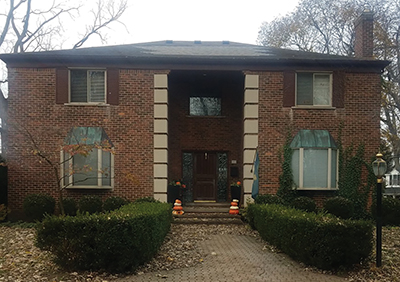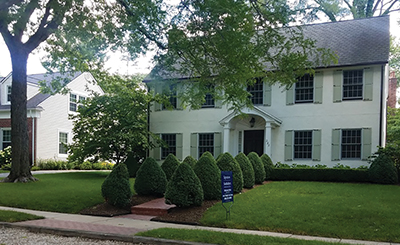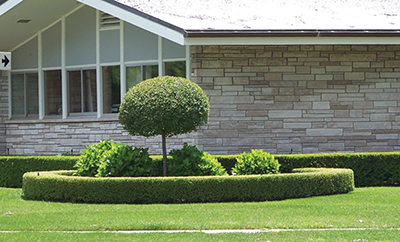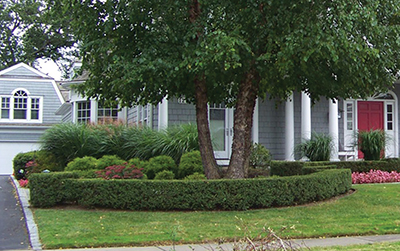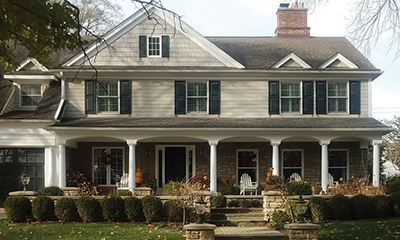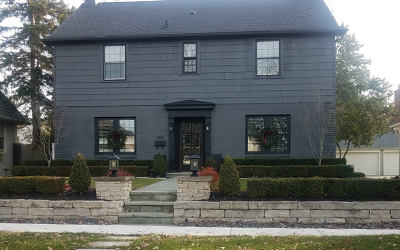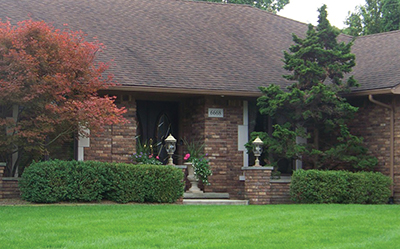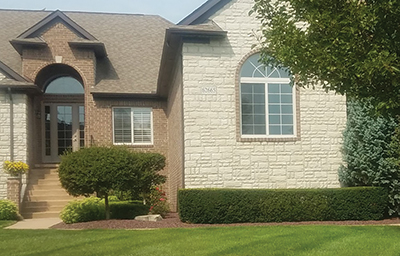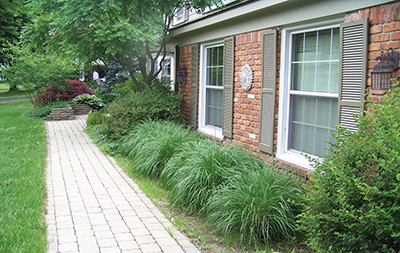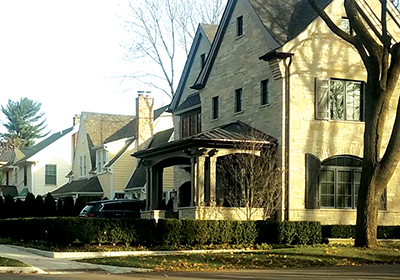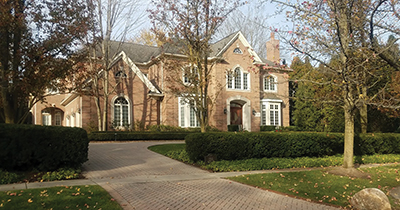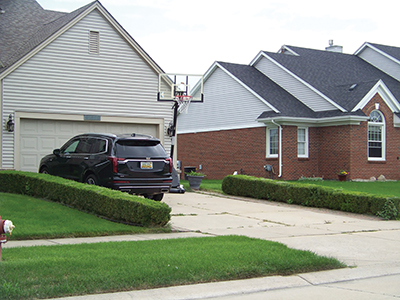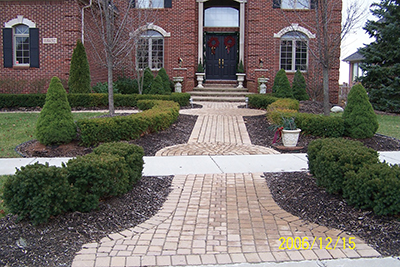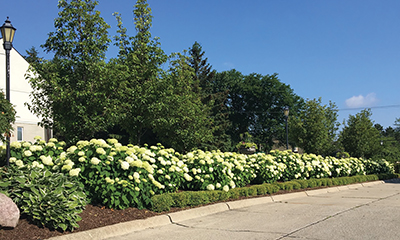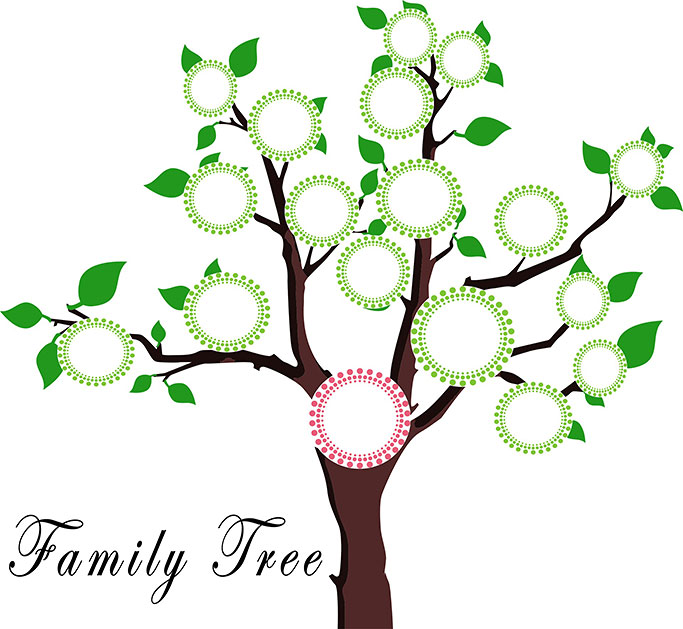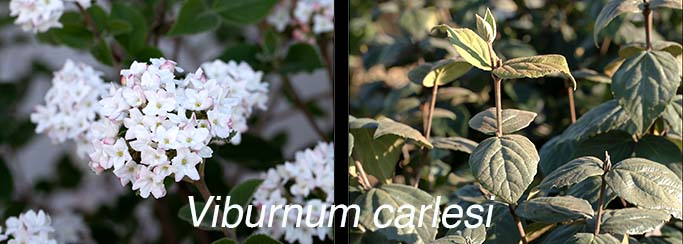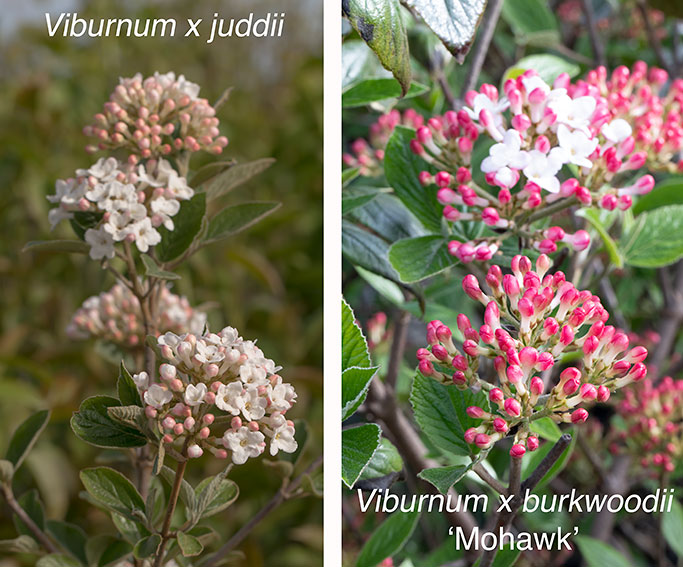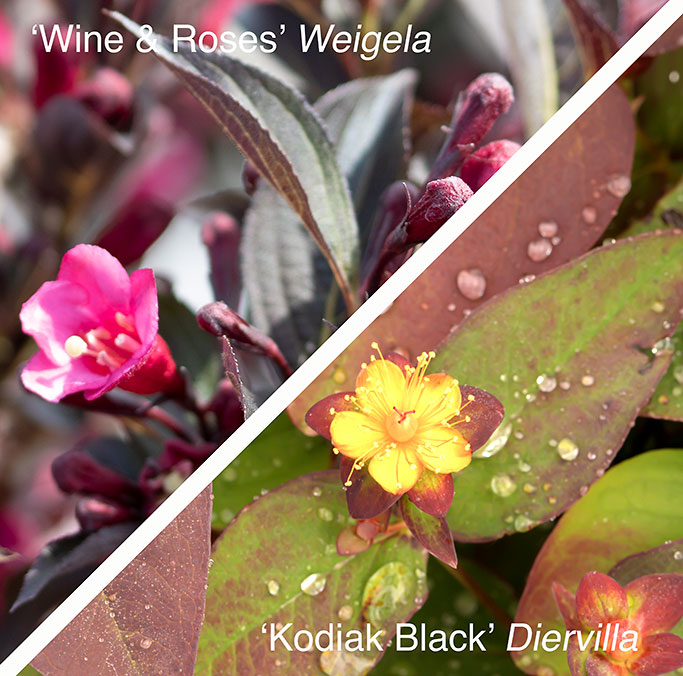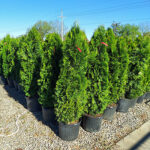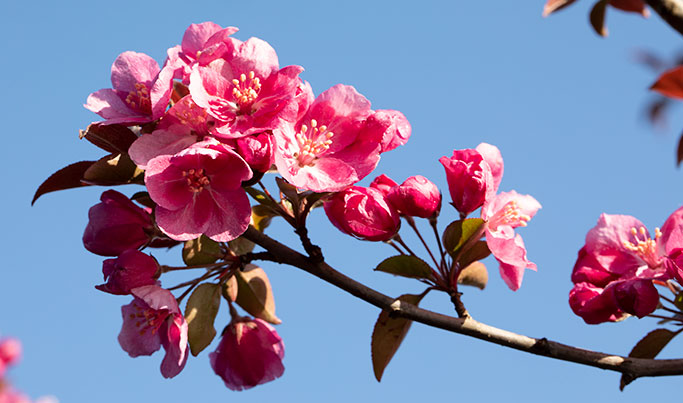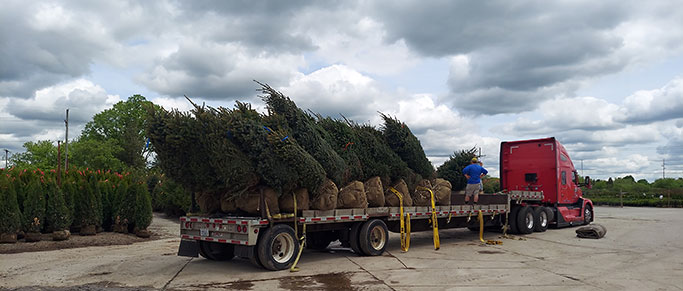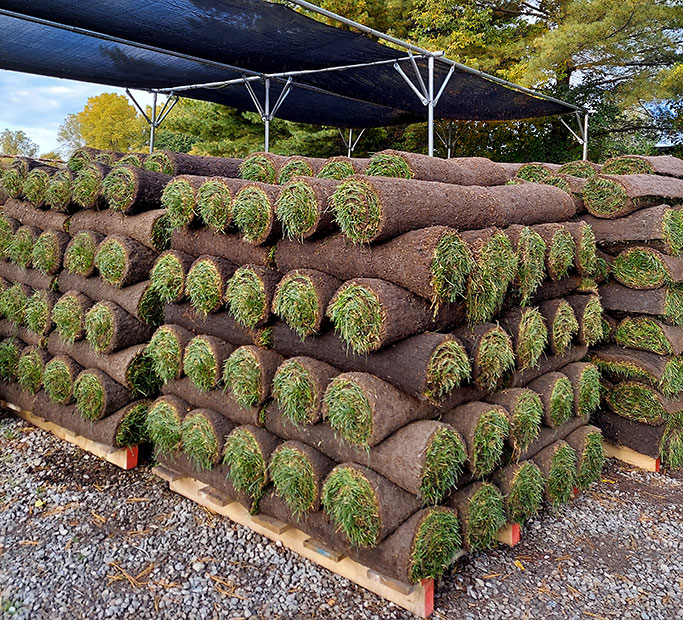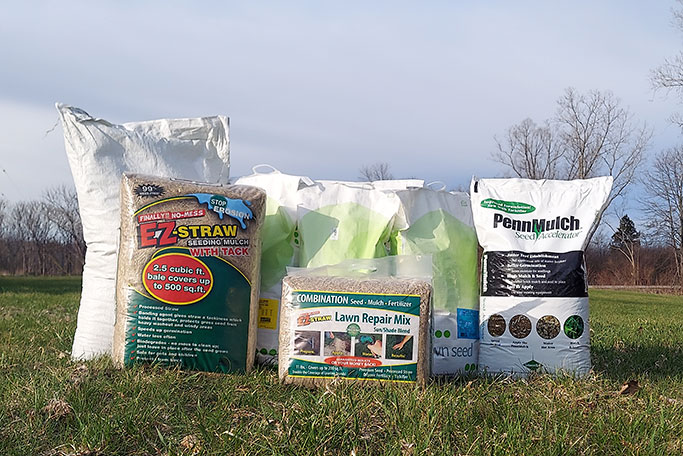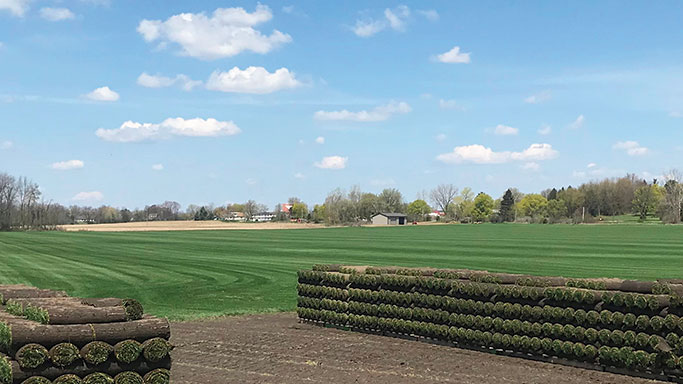Recently, my wife and I celebrated what would have been the 100th birthday of her Aunt Ruth. Every family has at least one of these relatives. You know, the ones that keep the family together and focused. It's been tough on the family cohesion since we said goodbye to her. Ruth was a product of the Great Depression - frugal, smart with her money, hard-working, yet generous. Like many of her generation, she saved and re-used to a fault - old-fashioned recycling. Most notably she never threw away a good box. Somewhere somebody or something could always use a good box. Sometimes, we would open up some of the boxes only to find inside, you guessed it, more boxes. As she neared 90 my wife said she was a very neat, organized hoarder.
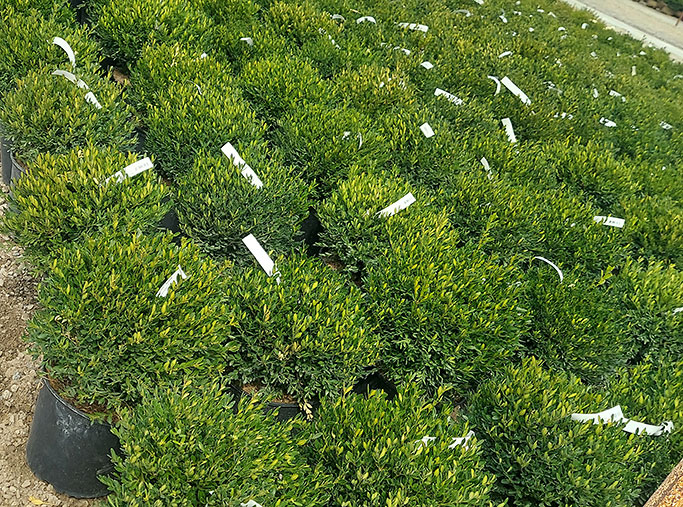
Well, at Christensen's we have thousands of good ‘boxes’. But we don't hoard them, we sell the #*%@ out of them. No sooner does a new group of boxwoods arrive when you see swarming sales reps tagging off pre-sold material, often arguing over whose customer is first in line on the backorder list. It can get ugly! Stock has moved so quickly that there are usually large patches of open gravel, usually only seen in early spring or late fall.
However, Buxus is not the only game in town. Many contractors have comfort zones so they don’t necessarily look at other options. But they are missing the opportunity to diversify their selection.
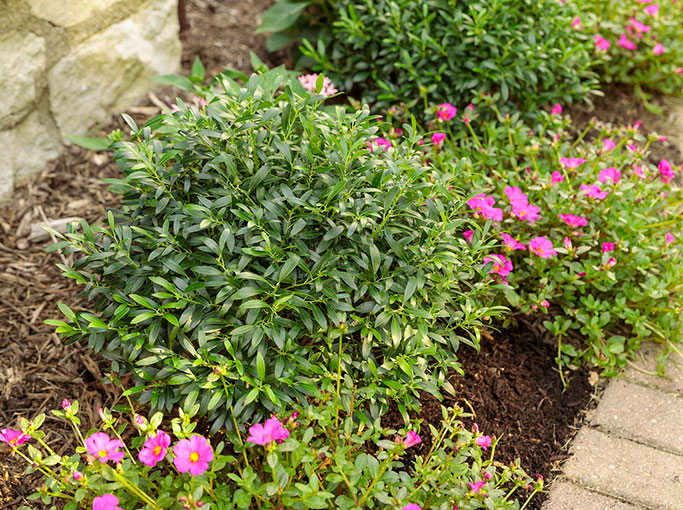
The most obvious substitution for boxwood is another broadleaf, such as Ilex. Box hollies are perfect but unfortunately do not consistently perform through our desiccating winters. Ilex opaca, or Inkberry, performs well and the newer varieties, Shamrock and Gem Box, can easily be mistaken for boxwood.
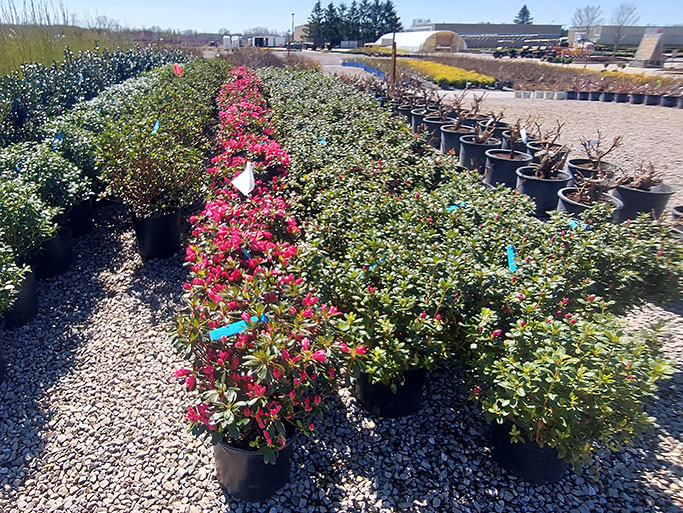
Azaleas are also perfect, but many shy away from the Rhodoendron family due to a perceived difficulty in establishing these plants. Contractors who do not plant these may not realize the need for a premium (more nutrient rich) medium and plenty of fertilizer. Also, the timing of the plantings of many broadleafs can make the difference between success and failure. Getting the plants rooted early will help the growth and development of Azaleas. If you add these practices into your Azalea planting routine, they make an excellent flowering substitution.
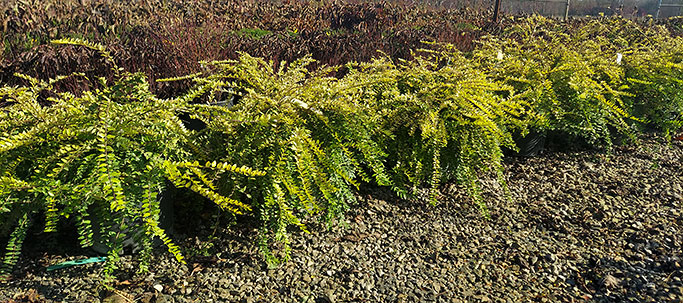
The newest group at Christensen’s is Box Honeysuckle, Lonicera nitida 'Thunderbolt.' Yes, this honeysuckle is evergreen, and its species describes it as shining and glittering. This and more box honeysuckles seem to be making their way here by way of Europe. It is much faster growing than Buxus and can be trimmed into any imaginable shape. This lends itself to both traditional and more contemporary applications.
Our Aunt Ruth was quite the world traveler. She probably saw hedges of these Honeysuckles years before I learned of them. And, I'm sure there are many beautiful hedges at her current home.


